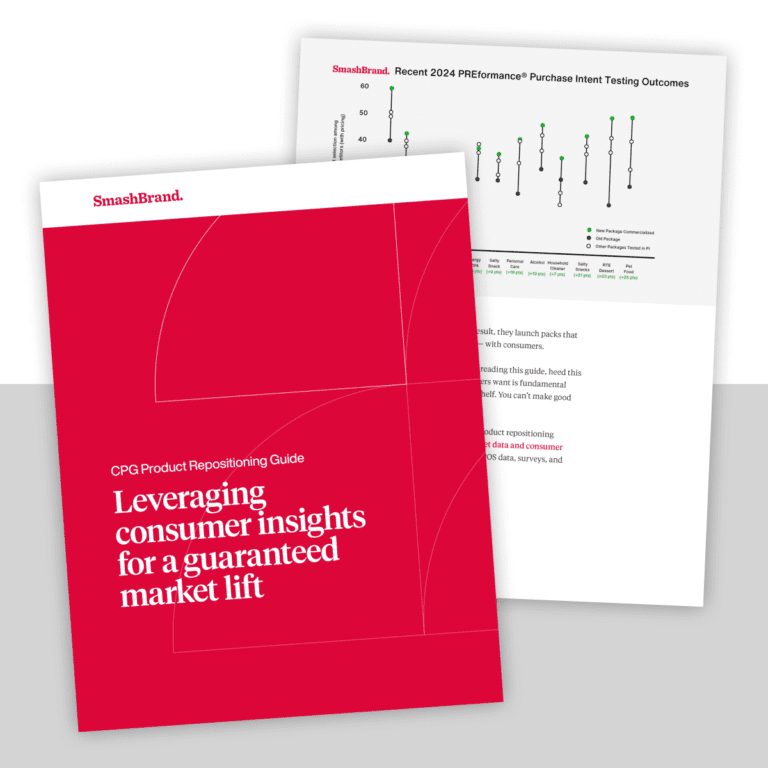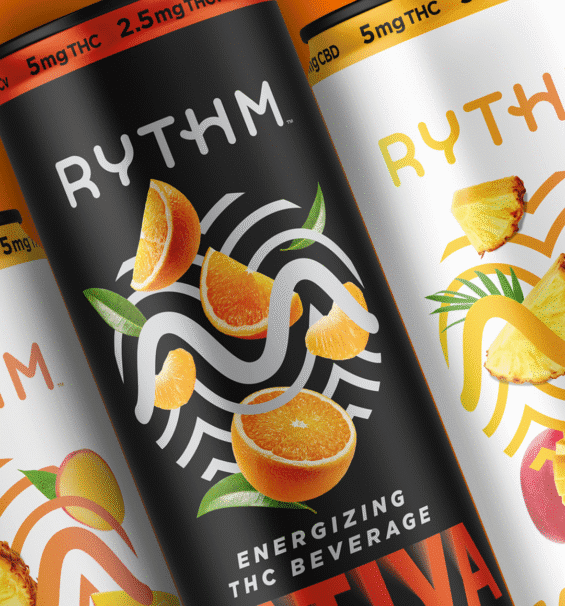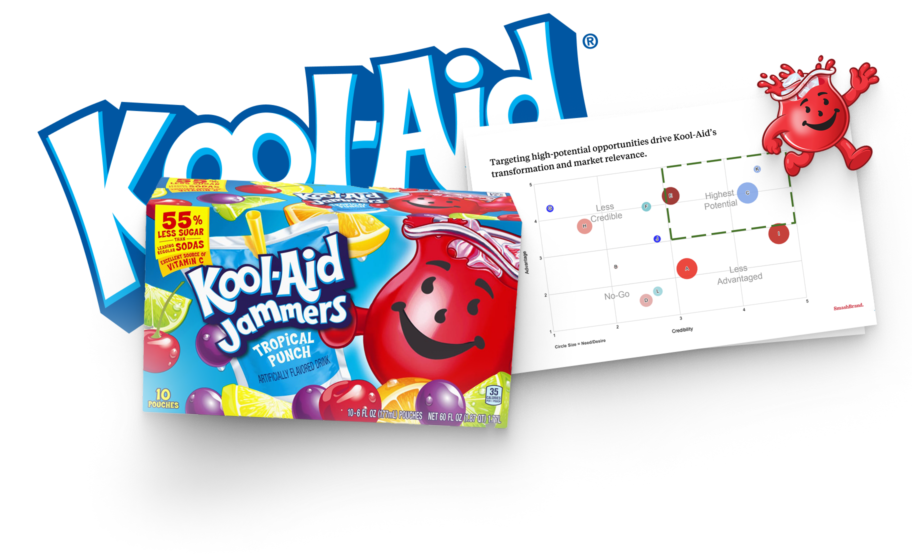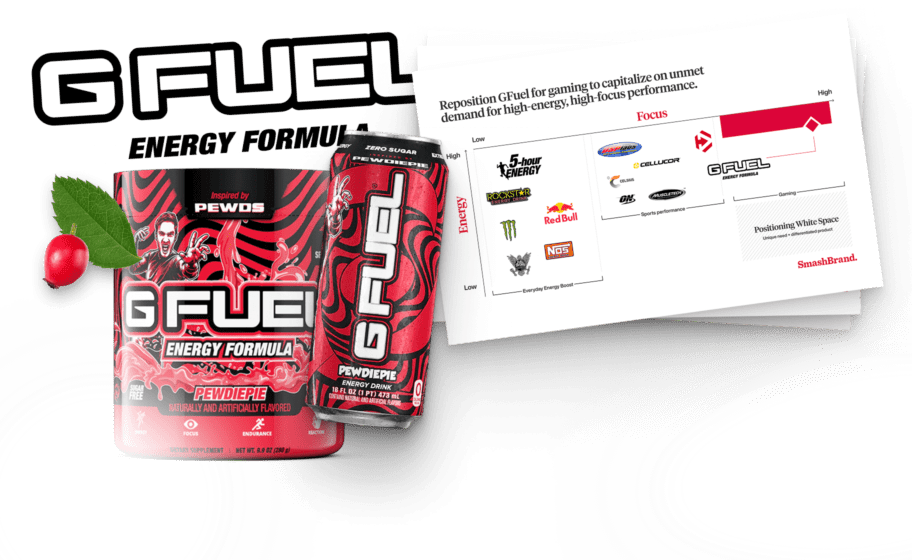Does your company have a brand promise? And if so, are you keeping this promise to consumers?
Along with general “mission statements” and other corporate slogans, the phrase “brand promise” might sound like jargon. But don’t be fooled. Your brand promise is one of the few reasons (if not the only reason) why your customers choose to buy from you. And with that in mind, understanding how to craft a brand promise is crucial to a brand’s success.
Regular analysis of your brand’s promise can help to review the often-forgotten concept and to understand where your company falls in its ability to deliver on its promises. Whether you have an existing brand promise or will create one for the first time, this article will give you a complete understanding of how to write a brand purpose. Here’s what you will learn:
- What a brand promise is.
- The difference between a brand promise and brand positioning.
- Why a Brand Promise Is Essential to Business Success.
- The common types of brand promises.
- How to create a brand promise.
- Examples of brand promises that work.
- Tips to consider when developing your brand’s promise.
What is a brand promise?
A brand promise is more than a tagline; it’s your business promise to the customer. It defines what people can consistently expect from your brand and why they should choose you over anyone else. In short, it’s a core driver of performance and profitability.
In the context of brand promise in marketing, it bridges your internal mission with the external value you deliver. While the brand promise vs value proposition debate is common, the difference is clear: the value proposition outlines the functional benefits; the promise speaks to the experience and trust behind it.
Strong customer promise statements reflect brand truth. They align with your audience’s expectations, reinforcing brand resonance and loyalty over time. The best company promise examples are measurable, grounded in what your brand consistently delivers.
When creating a brand promise, it must integrate into your broader brand strategy and innovation efforts. It should guide decisions, shape messaging, and enhance every consumer touchpoint. Repeated across platforms and validated through actions, a strong brand promise builds clarity, consistency, and long-term connection.
Brand Promise VS Brand Positioning
Both are essential to building brand equity, but brand promise and brand positioning serve different functions in your brand architecture.
A brand promise statement is your commitment to the customer. It’s often short, emotionally resonant, and focused on what your audience can expect every time they interact with your brand. It’s the human side of the strategy that connects, builds trust, and drives loyalty. Simply put, a brand is a promise, and that promise must be delivered.
In contrast, your brand positioning defines how your brand competes in the market. It details what makes your offer different, why it matters, and how it solves the specific needs of your target audience. This positioning becomes the foundation for your marketing efforts, messaging, and brand voice development.
The most effective strategies align both. Whether you’re developing b2b brand promise examples, scaling in retail, or refining your customer promise examples, harmony between the promise and positioning ensures clarity in every touchpoint.
If you’re working with a brand strategist or evaluating the cost of brand development, start with this alignment. It’s how strong retail brand development is built and how the best brand promises turn into lasting relationships.
Why Have a Brand Promise?
A clear brand promise is the foundation of customer trust and loyalty. It sets expectations, strengthens your brand’s identity, and positions you apart from the competition. More than a statement, it’s a commitment that drives every customer interaction and aligns with your brand’s purpose and values.
When done right, your promise becomes embedded across all brand touchpoints, from marketing materials to in-store experiences, reinforcing brand recognition and shaping how consumers perceive your offer. Use a clear brand promise template to define what your brand stands for and consistently deliver on it.
But the reverse is also true. A broken promise erodes a brand’s reputation, turns off potential brand advocates, and pushes the product further down the consideration list.
Integrating Promises Into Brand Strategy
For lasting impact, build your promise early and reinforce it often. A strong promise pairs with clear value propositions to create consistency across messaging. That’s how you shape expectation and meet it.
This approach applies whether you’re building a lifestyle brand, refining employer branding, or gathering customer feedback to improve performance. When trust is built into the brand, you’re not just selling, you’re becoming the obvious choice.
Common Types of Brand Promises
An effective brand promise sets clear expectations and strengthens brand consistency across every customer interaction. Whether you’re a lifestyle brand, enterprise, or evolving your employer branding, your promise should reflect what your audience values most. Here are the most common types:
- Quality Promise: Guarantees consistency and excellence, a pillar in building brand equity and long-term trust.
- Value Promise: Communicates competitive pricing without compromising on quality, which is critical for attracting loyal customers.
- Experience Promise: Focuses on delivering memorable experiences across all brand touchpoints.
- Convenience Promise: Solves real pain points by making products or services easier to access and use.
- Innovation Promise: Reflects forward-thinking solutions that keep the brand ahead, think of Nike’s brand promise around performance and innovation.
- Sustainability Promise: Reinforces commitments to eco-conscious practices, essential for today’s values-driven buyer.
- Authenticity Promise: Highlights transparency and integrity, helping build a brand’s reputation and deepen emotional connection.
- Service Promise: Centers on fast, helpful, and reliable customer support.
- Emotional Promise: Taps into feelings like joy, nostalgia, or comfort, driving stronger brand loyalty.
Your brand promise template should align with your brand positioning and overall brands identity. This promise must connect to your audience and empower brand advocates to share and support it.
The result? Stronger brand recognition, actionable insights from customer feedback, and more effective marketing materials all work together to earn trust and drive customer loyalty.
How To Create a Brand Promise
Many great business ideas “appear” during a long walk or warm shower. However, the truth is that a significant amount of category understanding or industry expertise is required before every aha moment occurs.
We can say the same thing about a brand promise. Before you slam your hand on the table and state, “That’s it!” follow these steps to narrow your lens, helping you to see opportunities to stand out with your statement.
Market Research
While it may seem inauthentic to research before letting your creativity drive the development of a company promise, market research is the first step to creating a lasting brand promise. Otherwise, your promise may end up being a swing and a miss with consumers. Market research will help you keep your “eye on the ball” in determining where to position yourself in the product category.
Brand Differentiation
Now understand the gaps in the market, and review what makes your brand (and product line) unique. How can you showcase your point of differentiation in your brand promise? From your brand story to the product features of your finished goods, please list all the ways you differ from your competitors and look for a common theme among them.
Brand Personality
When considering your public-facing brand promise, look at your brand personality to help determine the language and how you will communicate the message. For example, your brand voice for sustainability might be uplifting rather than tear-jerking. A great brand promise aligns with the brand’s personality, further establishing its identity.
Brand Promise Examples
Brand promises can look any way you want them to. Some brands prefer a literal promise—a direct statement of their key value propositions. Others prefer to keep things focused on broader company beliefs or values.
Let’s look at three unique examples of a brand promise.
When considering each brand promise example, think about how you perceive the brand through its advertising and marketing campaigns. Does it match up? How about your experience with these brands? Do they keep their promise?
Promising To Inspire
For example, Nike’s brand promise is to “ To bring inspiration and innovation to every athlete in the world .”
Nike’s promise is broad. They are not discussing their products or services. It talks about the core values that drive Nike’s customers. They aren’t promising that their shoes will make you run faster, but they will help inspire you to achieve your athletic goals—not a bad idea to push for when speaking to an athletic market.
Promising With Purchase Drivers
Then we have companies like the hotel chain Marriott that take a more direct approach: “ Quiet luxury. Crafted experiences. Intuitive service .”
The benefits here are tangible. It’s quiet, it’s luxurious, and the service is easy. These statements exemplify clear value propositions accompanied by more subtle marketing cues that convey the hotel’s consistency, quality, and commitment to the customer experience.
Making A Straightforward promise
But they don’t need to be complicated! Take the successful brand promise of regional supermarket chain Wegmans: “ Consistent low prices .”
It doesn’t get much simpler than that. It’s a focused and direct promise, leaving no room for doubt about what customers can expect from their shopping trip.
It’s good practice to establish these expectations clearly for your customers. In one consumer survey, 94% of buyers agreed that they’re loyal to brands offering complete transparency. And while there’s more to transparency than sharing your core values, it all starts with your promises to your customers.
brand archetype, customer expectations, brand building, brand loyalty, brand identity,
Brand Promise Tips
Now that you have the framework and have seen a few examples from brands that keep their promise, let’s look at some tips to remember as you develop a compelling brand promise.
It’s More Than A Single Promise
A compelling brand promise can take many forms, but it’s important to note that your promise is more than just a single promise, per se. Every service element you describe to your customers becomes part of your brand promise. Think of it as a series of smaller promises and commitments you’ve made to your customers.
You’ve likely made promises about product quality, service efficiency, and customer service (as most businesses do). And to meet your overall “brand promise,” you’ll need to excel in these areas.
Failing To Deliver On A Promise
Have you heard the expression “There’s no such thing as a half-rotten apple”? If one part of the product promise fails, the entire promise fails. If an apple has rotted, it’s a rotten apple. Period. And unfortunately, the same applies to your brand promise.
You must deliver on every aspect of the expectations you’ve built to live up to your promise.
For example, let’s consider Wegmans again. With messages promising consistently low prices, you’d better believe customers expect to save money. But given that customers are visiting primarily for cost savings, they may have fewer expectations about receiving first-rate customer service (compared to visitors who choose higher-end brands like Marriott).
What’s important here is understanding which values are most important to your desired market and following through on those values. In one study published in the Harvard Business Review, 64% of consumers agreed that shared values were the primary reason they built relationships with a company.
Build a Consistent Brand Promise
We’re not saying your service goals should be based entirely on your brand promise. Even budget-centric brands like Wegmans must prioritize the customer experience.
But remember the experiences you’ve provided for your customers and the expectations they’ll have. You don’t need to meet every demand in a perfect business meeting (no such thing exists!), but you must ensure that your marketing messages align with your real-world service. There’s no other way to turn your marketing promises into actual revenue.

Nice Package
Don’t miss out on our monthly newsletter Nice Package!
Each month, we deliver a data-driven newsletter directly to your inbox, unpacking a critical topic in the FMCG & CPG industry.
"*" indicates required fields
A Promise You Can Count On
Expert brand strategy and packaging performance are at the core of our brand promise. If you want to build a powerful brand promise, we can help you achieve it. Through a data-driven process, we will help you become clear about what you should promise and how to make that promise so that it resonates with the consumer’s mind.
Book a time to discuss your project with our team.
Subscribe to
Nice Package.
SmashBrand’s Nice Package: Stay current with our latest insights
Free Resource.

CPG product repositioning guide.
Explore the five undeniable signs your CPG product needs repositioning along with strategies for leveraging consumer insights for a guaranteed market lift.
Download Whitepaper About CPG product repositioning guide.


